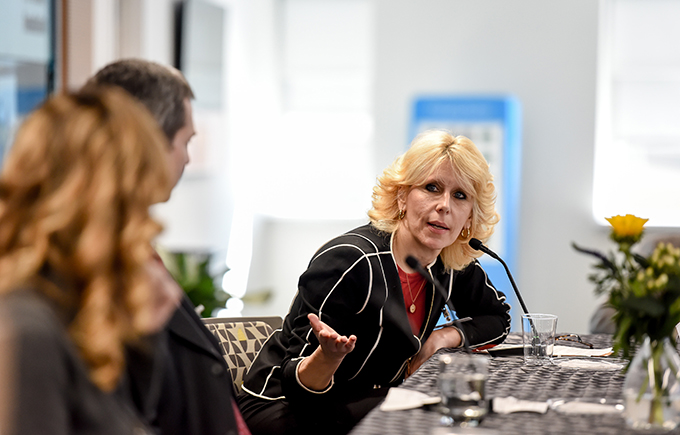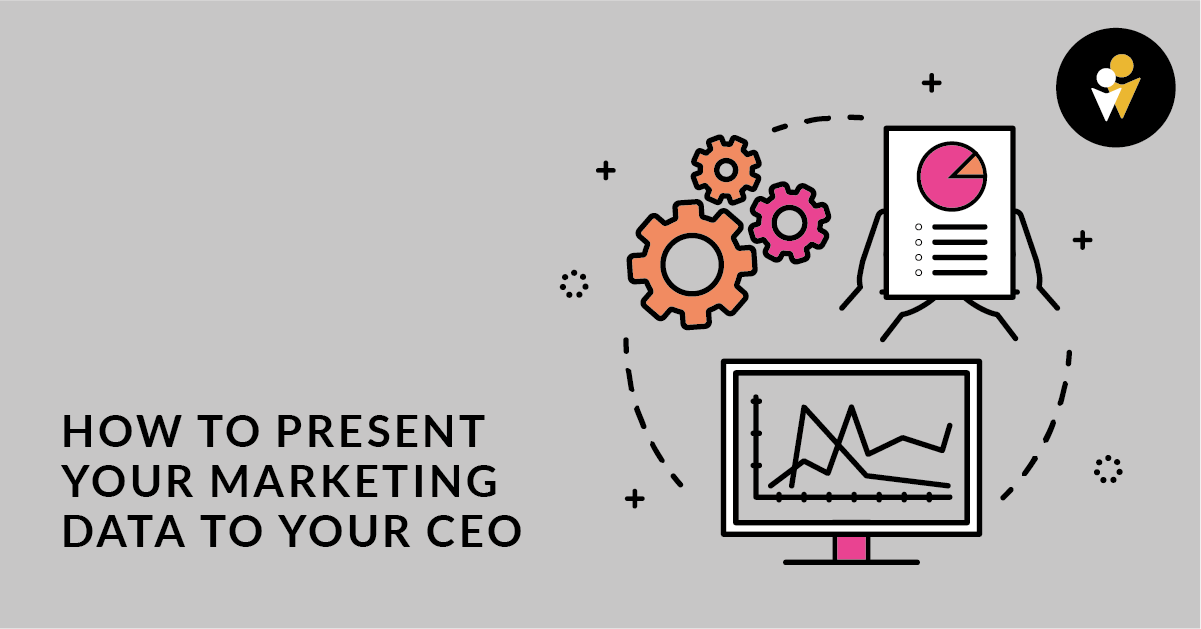How Do You Present a CEO Strategy? Expert Tips & Techniques
Presenting a CEO strategy can be challenging. It requires clear communication and solid preparation.
A successful CEO strategy presentation isn’t just about facts. It needs a compelling narrative that aligns with the company’s vision and goals. This presentation should be concise, focused, and demonstrate a deep understanding of the business landscape. Your aim is to convey complex ideas simply and effectively.
A well-structured strategy presentation can inspire confidence and drive action. By using clear visuals and real-world examples, you can make your strategy resonate. This guide will help you prepare and present a CEO strategy that stands out. Keep reading to learn the essential steps for a powerful presentation.

Credit: www.amazon.com
Crafting A Clear Vision
A CEO must define the company’s mission. This tells what the company does. It gives purpose and direction. Everyone must understand this mission clearly. A clear mission guides decisions. It unites the team. It inspires action.
Setting long-term goals is key. These goals show where the company wants to be. They provide a road map. Goals must be specific and measurable. They help track progress. They keep the team focused. Achieving these goals brings success.
Understanding Your Audience
CEOs focus on key goals and challenges. They value clear, concise information. Always align your strategy with their top priorities. This shows you understand their vision. Avoid jargon. Use simple, direct language. Provide examples that are easy to grasp. Highlight how your plan supports their main objectives.
Each CEO has different needs. Customize your approach for them. Use data to support your points. Visual aids help make complex ideas simple. Keep your presentation short. Focus on the most important points. Show respect for their time. Make it easy for them to see the benefits of your strategy. Be prepared to answer questions.
Building A Compelling Narrative
Storytelling is a strong tool for presenting a CEO strategy. It makes the plan engaging and memorable. Start with a clear vision. This shows the goal. Next, add real examples. These can be stories of success or challenges. They make the story relatable. Use simple language to ensure everyone understands.
Use data to support your story. Numbers and facts give your plan credibility. Show charts and graphs to make data visual. This helps people see the impact. Always explain what the data means in simple terms. Connect data to your vision and examples. This makes your strategy convincing.
Creating Visual Impact
Crafting a CEO strategy requires clear, impactful visuals to engage your audience. Use graphs, charts, and infographics to simplify complex data. This approach ensures clarity and retention.
Designing Effective Slides
Use clear and simple slides. Each slide should have one main idea. Avoid too much text. Use images to make points. Images help people understand better. Graphs and charts make data easy to grasp. Bold key points to highlight them.
Incorporating Infographics
Infographics show information visually. They make complex data simple. Use infographics to explain processes. They can show trends clearly. Choose colors that are easy to see. Keep designs clean. Too much detail can confuse. Infographics should be easy to read. Simple and clear is best.
Engaging Presentation Delivery
Public speaking can be scary. Practice helps. Speak clearly and slowly. Make eye contact. Use simple words. Share personal stories. Engage the audience. Ask questions. Use pauses. It makes a big impact. Show confidence.
Listen carefully to questions. Take a moment to think. Keep answers short and simple. Stay calm. Admit if you don’t know something. Offer to find out. Thank the person for their question. It shows respect.

Credit: www.feedstrategy.com
Anticipating Challenges
Identifying potential roadblocks is crucial for any strategy. Changes in market trends can pose challenges. Economic fluctuations may affect budgets and resources. Employee resistance is another common issue. New strategies often face pushback. Identifying these issues early helps in planning. Supply chain disruptions can also be problematic. They may delay important projects. Technology failures need attention too. Outdated systems can be a roadblock.
Preparing solutions ahead of time is wise. Develop a contingency plan for market changes. Allocate a budget for unexpected costs. Engage employees to reduce resistance. Offer training and support. Diversify suppliers to avoid disruptions. Have backup options ready. Upgrade technology to prevent failures. Regularly update and maintain systems. Monitor progress and adjust plans as needed.
Incorporating Feedback
Feedback helps improve any plan. Gather input from team members. They see things you might miss. Adjust the strategy based on their comments. This makes the plan stronger. Regular updates keep the strategy current. Review and refine often. This ensures it stays relevant and effective.
Engage important people in the process. Their insights are valuable. They provide different perspectives. Include them early in planning. This builds support and trust. They help identify potential problems. Address their concerns promptly. This leads to smoother implementation.
Ensuring Follow-through
Setting clear milestones is vital. Each milestone marks a step forward. This helps the team stay on track. Clear goals keep everyone focused. Small wins boost morale. Large goals seem less daunting.
Track progress regularly. Use reports and meetings. This keeps the team informed. Adjust plans if needed. Celebrate achievements. Recognize hard work. This keeps motivation high.

Credit: www.cps.gwu.edu
Frequently Asked Questions
What Is The First Step In Presenting A Ceo Strategy?
The first step is to clearly define the vision and mission. This sets the direction and purpose.
How Do You Structure A Ceo Strategy Presentation?
Use a clear and logical structure. Start with the vision, followed by goals, strategies, and action plans.
How Important Is Data In A Ceo Strategy Presentation?
Data is crucial. It provides evidence to support your strategies and helps in making informed decisions.
What Tools Can Help In Presenting A Ceo Strategy?
Use tools like PowerPoint, Keynote, and data visualization software. These tools enhance clarity and engagement.
Conclusion
Presenting a CEO strategy requires clarity and precision. Keep your points focused and concise. Engage your audience with clear, simple language. Ensure your strategy aligns with the company’s vision and goals. Practice your presentation to build confidence. Use visual aids to enhance understanding.
Invite questions to foster dialogue. Regularly review and update the strategy as needed. A well-presented strategy can inspire and guide your team.






